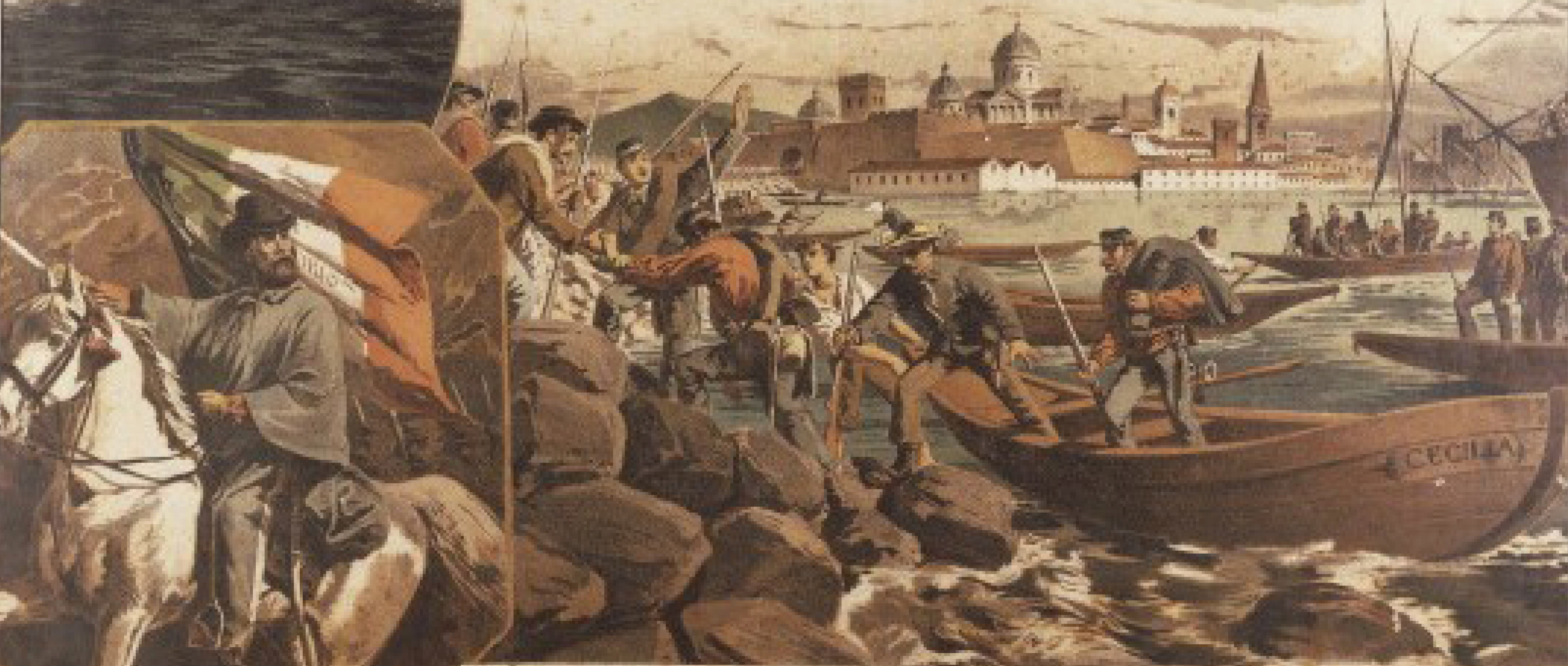The Strongman, the Latin Lover, and other Italian Masculinities
Cross-listed with RMST459
This course offers an overview of diverse Italian masculinities as they are represented in Italian literature and culture. What does it mean to be a man in Italy? How do diverse concepts of Italian manhood come into being? How are they constructed and circulated through literary and cinematic texts? What do these texts tell us about Italian society? And how are these male types challenged in the Italian cultural domain?
We will probe these questions by studying the depictions of Italian virilities in memoirs, novels, public speeches, news articles, films, and television programs from the 18th century to the present, with a focus on the 20th and 21st centuries. Male types and ideals that we will examine include the self-made man, the strongman, the fascist new man, nationalist soldiers, the inetto (schlemiel), the Latin Lover, libertines, and gay men. To delve further into these texts, we will also study a selective number of influential theories from Masculinity and Gender Studies.
Through this course, we will gain a historical and critical understanding of men and gender dynamics in Italian culture. This course is designed to develop your critical thinking, as well as speaking and writing skills in the context of Italian masculinities. No prior knowledge of the Italian language or Italian culture is required.
Language of instruction: English
Prerequisite: No prerequisites
Note: Credit will be granted for only one of ITAL 409 or ITST 419 or RMST 459. Students who plan to minor in Italian must take this course as ITAL and will be expected to do part of their reading and assignments in the Italian language. ITAL 409 may be taken twice, with different content, for a total of 6 credits.
Critical essay 1: 25%
Critical essay 2: 25%
Final oral presentations: 20%
Two improvised oral presentations and written reports: 20%
Class participation, regular attendance, and professionalism: 10%
Coming soon

